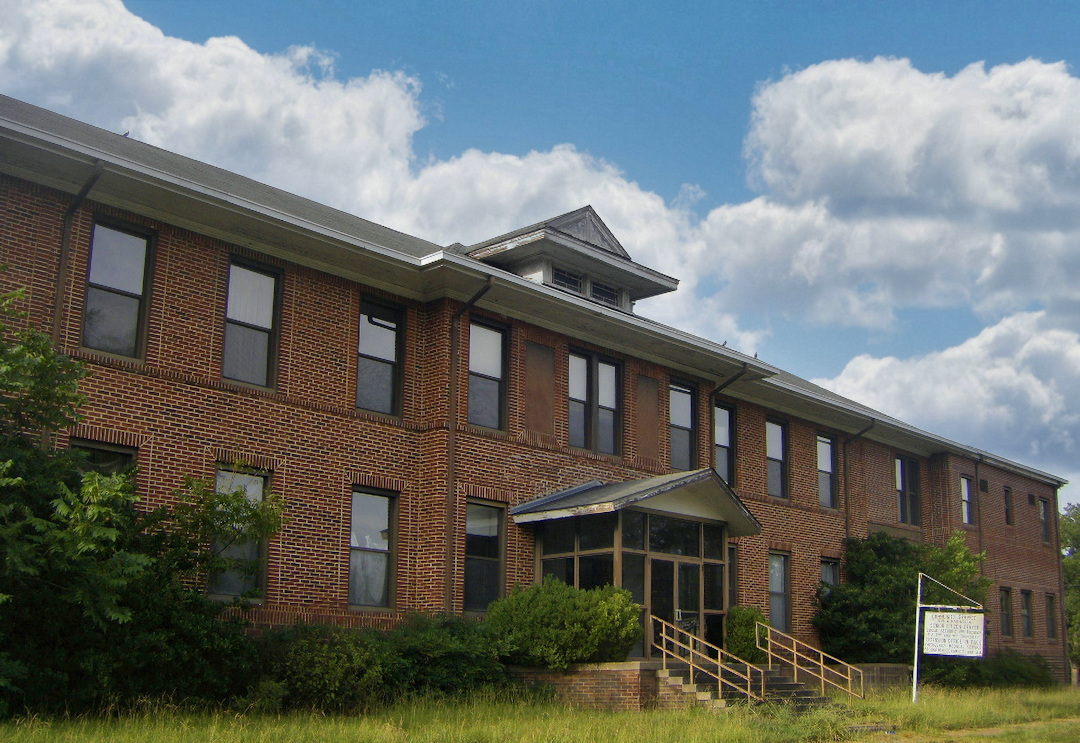
I made this photograph in 2008 and rediscovered it when I began re-editing my Sumter County images. The historic, largely forgotten New Era community holds a special place for me as a photographer of rural subjects. Its owners have allowed it to stand, long after it was abandoned, and in doing so they preserved a living museum of a certain place and time. They appreciated what it represented. Letting it go back to the elements is just part of that process.
This was a huge building, almost certainly serving an agricultural purpose. The front section at right was probably an office, while the remainder was a gin and/or warehouse. As best I can tell, the structure has since collapsed or was razed.














